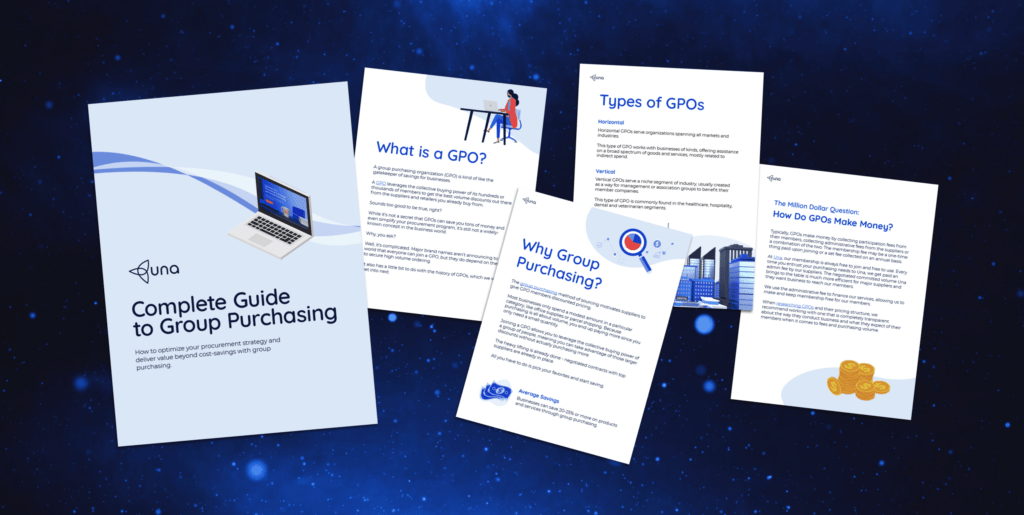How a Category Management Strategy Helps Procurement Succeed
By Hugo Britt | June 15, 2021
If you’ve ever tried to organize your household budget, you will know the task can seem overwhelming at first. You understand you are spending too much, but with little visibility of where your money is going, you don’t know where to begin or what changes you should make.
That’s where categorization comes in. It starts by splitting your household spend into simple categories such as groceries, transportation, restaurants, rent or mortgage payments, electricity, gas, and phone bills.
Immediately, several pieces of information reveal themselves:
- Where your biggest areas of spend lie
- Costs that are unavoidable
- Costs that can be reduced or avoided
- Where you are spending too much
Why do sourcing teams use category management strategies?
Sourcing heroes know that category management is like managing a household budget on a massively increased scale. Yes, there are more complexities involved, but there are also a lot more opportunities to uncover.
Here are several reasons why a procurement team may implement a category management strategy to help reduce costs and add value.
Tailored strategies
Having a one-size-fits-all strategy across all goods and services simply does not work. For example, there’s a world of difference between your IT spend and your office stationery procurement. Category management enables the development of targeted strategies, each tailored to the unique cost/risk balance of each category.
Get an overall picture
Like the household budget, there’s very little that can be done with an overall spend figure. Using a category management strategy will help you get a better picture of spend across the whole organization with a dashboard view that enables deep dives into particular areas.
Deep-dive into sub-categories
Taxonomies and categories can be divided into sub-categories – and then further divided again into sub-sub categories. If fact, you can go as deep as you like. For example, professional services could be split into legal, engineering, technical consulting, and other. Then, one of these sub-categories – legal, for example – could be split further into contract law and copyright law.
While some categories may require only one procurement professional to manage them, strategically important categories may have several team members looking after sub-categories.
Tackle maverick spend
Having visibility of category spend enables you to spot where maverick spend is occurring. Common categories where maverick spend is most likely to occur include MRO (maintenance, repairs, and operation), travel, and professional services.
Prioritize
Using a category management strategy will help you determine where to put your time and resources by understanding your biggest areas of spend and highest-risk categories.
Search for cost savings
Improve procurement processes and productivity
Trying to improve your entire spend in one go can be difficult and unwieldy. Instead, apply process improvements at the category level to improve procurement in your organization one area at a time.
Outsourcing your category management strategy to a GPO
Once you’ve established visibility of your spend categories, you may find that it makes sense to outsource category management (particularly in indirect spend) to a group purchasing organization. A GPO can help if you don’t have the head-count to manage the category internally.
A group purchasing organization can also help you save time, effort, and money by unlocking the power of bulk purchasing to access massive discounts.
Contact Una to learn more.



